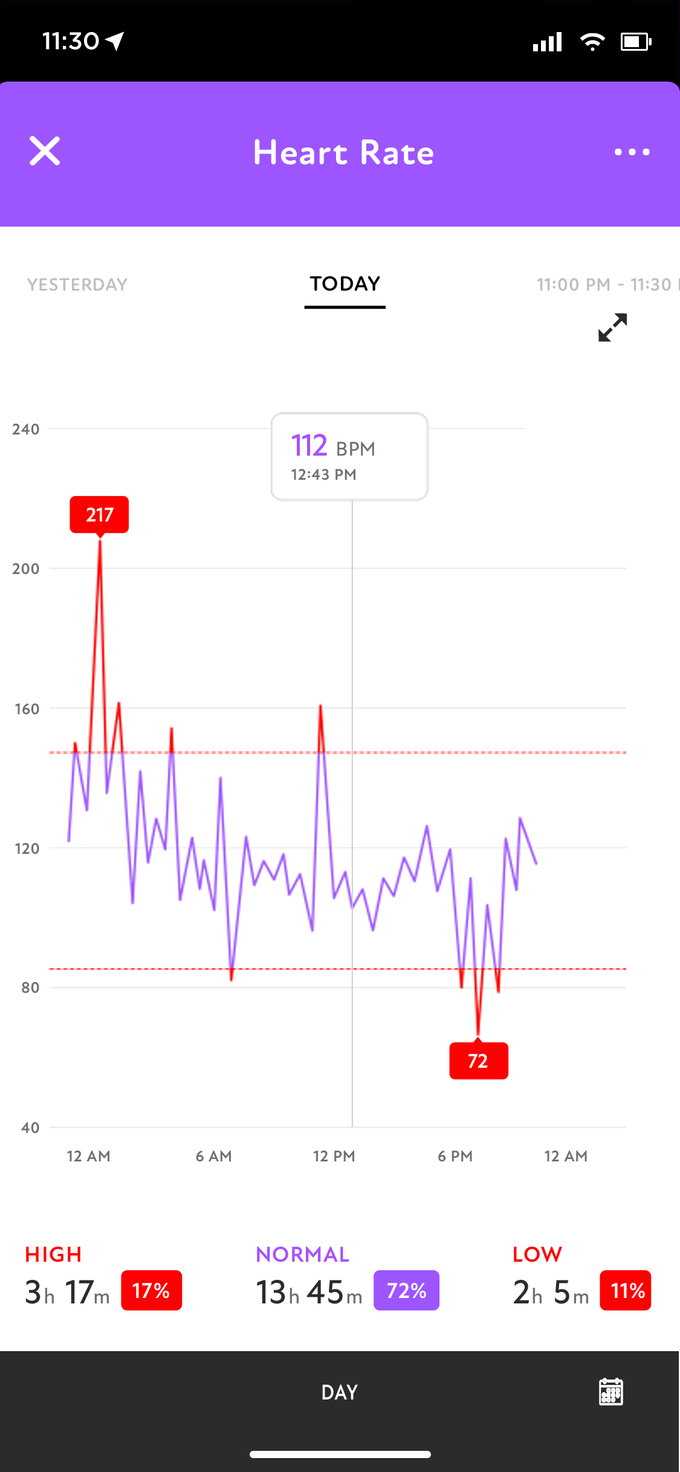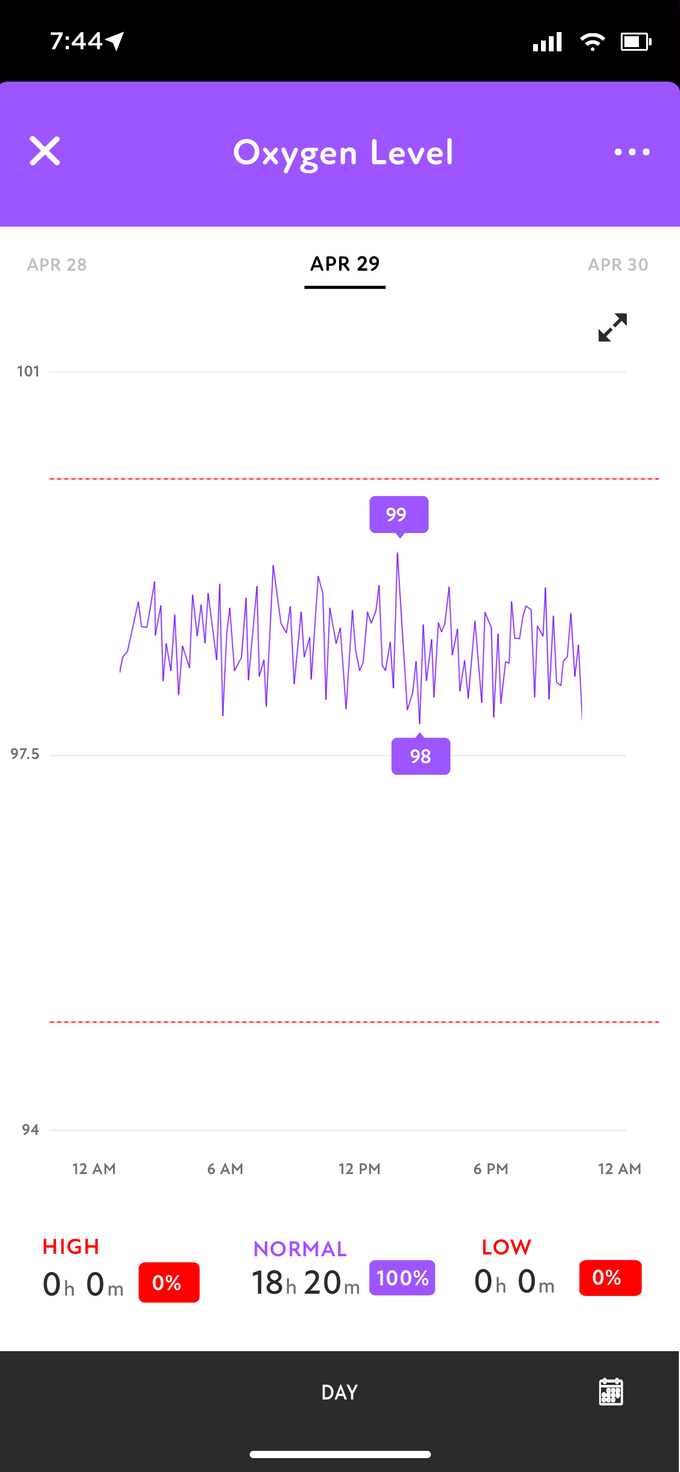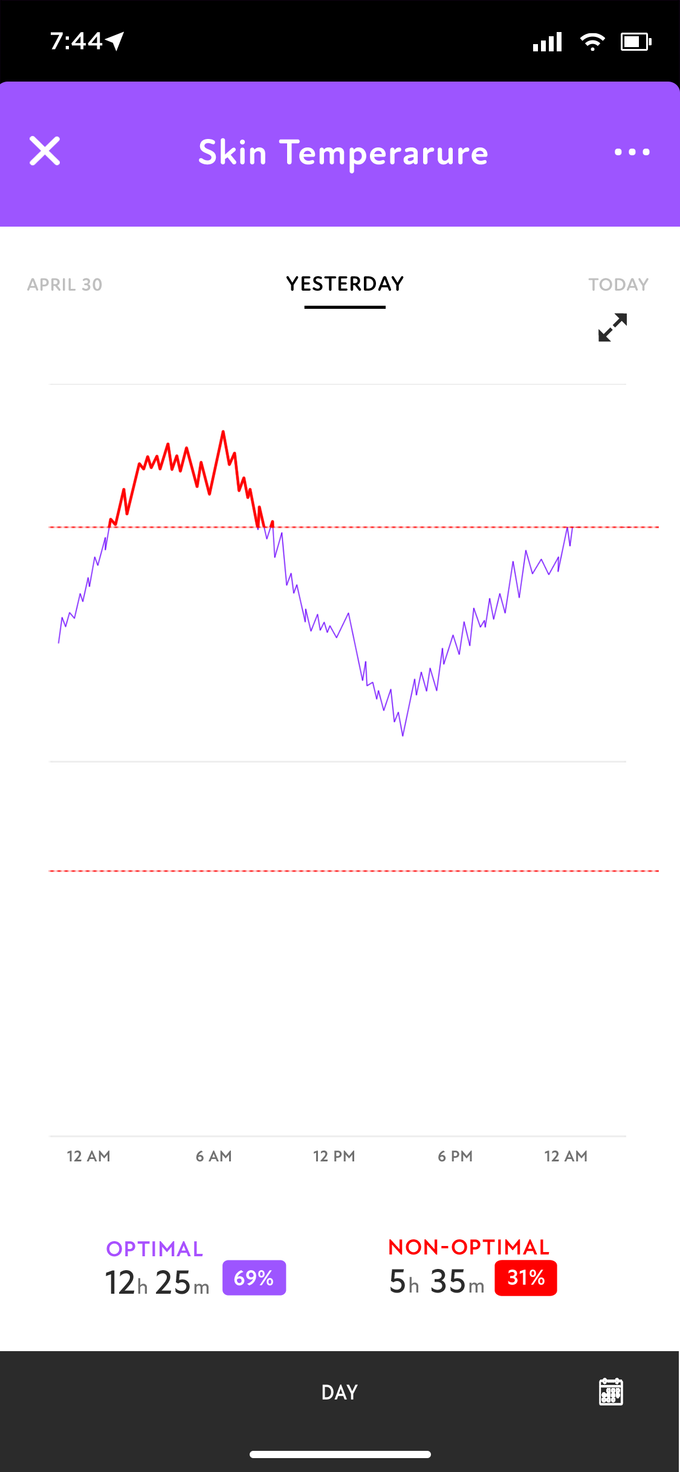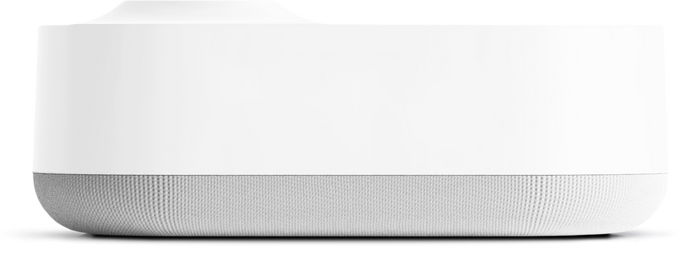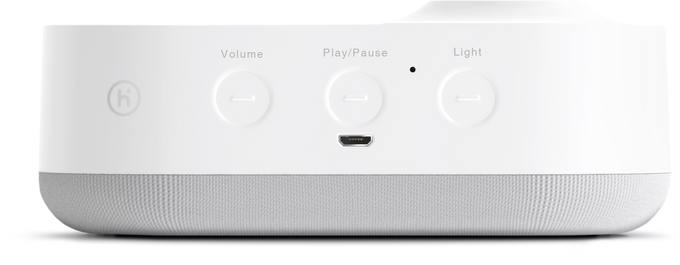Understanding your baby's well-being
Ensuring baby’s well-being goes beyond data. It includes a comfortable environment and a human touch.
-
Heart Rate
Your baby’s heart rate slows in deep sleep. Being able to monitor their heart rate can help you see if they’re sleeping soundly. Normal heart rate for babies up to 1 year old is 80-205.
-
Oxygen Levels
Oxygen levels represent the percentage of oxygen in your blood. It’s normal for an infant's oxygen levels to temporarily dip during everyday activities such as eating or even filling their diaper. A range of 92-100% blood oxygen can be perfectly normal, while levels below 92% can be irregular.
-
Skin Temperature Variation
Just like you, your baby’s skin temperature will fluctuate depending on activity or time of day. You’ll be able to track your baby’s skin temperature variation.
-
Sleep Tracking
When your baby falls asleep there are key indicators that drop into a different range. Tracking these numbers can let you know when your baby falls asleep.
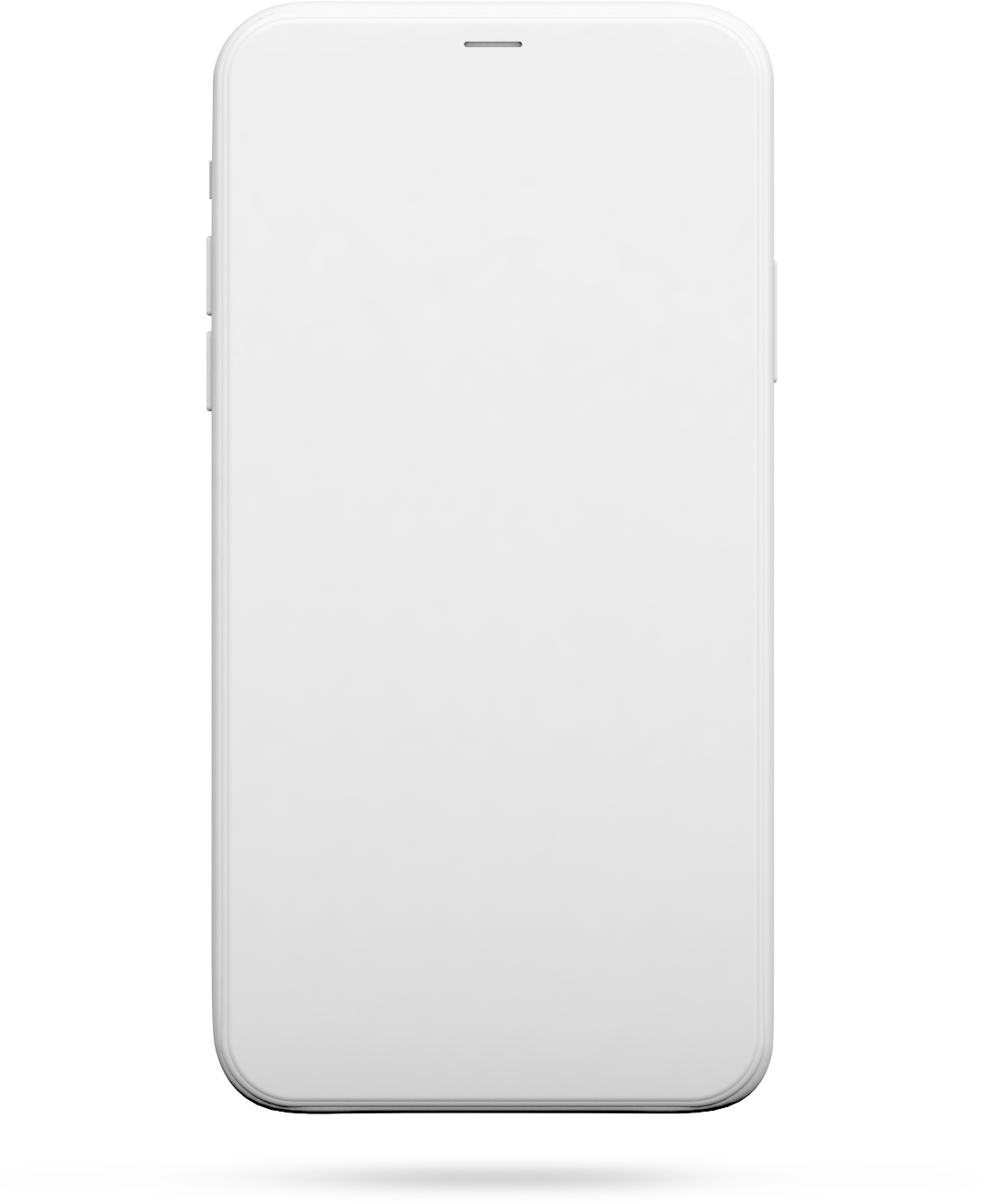
Environmental Comfort
Measure and adjust different elements in their environment to make them as comfortable as possible.
-
Room Temperature
If the temperature where your baby sleeps is too hot or too cold, they might have trouble falling asleep or staying asleep. Ideal room temp is between 65 and 72 degrees Fahrenheit.
-
Room Humidity
The right level of humidity in your baby’s room can protect them from dry skin and decrease nasal congestion by helping loosen mucus — especially helpful if they have a cold. The optimal humidity for the sleep environment is between 45-60%.
-
Sound/Speaker
Two-way communication lets you listen to your little one or soothe them from another room.
-
Sound Machine
Create a calm environment for your baby with white noise or gentle lullabies to help soothe them with familiar tunes. At the right level, white noise can help dull distracting sounds and encourage healthy sleep.
-
Nightlight
A gentle light provides enough brightness to change diapers or feed your baby, but is easy on blurry eyes. The dim light also keeps you and your child in sleep-time mode. You can set any color of light in the baby's nursery to help soothe or wake up your baby.

